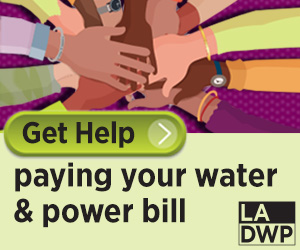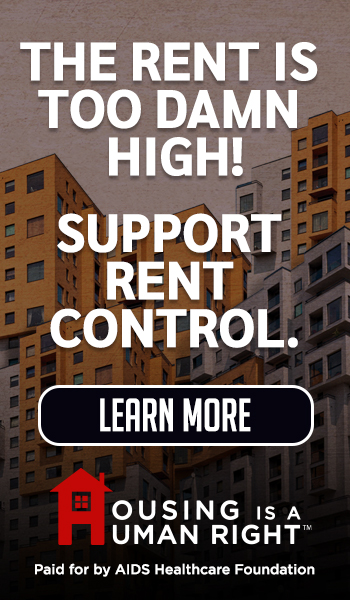Comments
DRUGS 'N HOMELESSNESS - Homelessness and substance use disorder often occur simultaneously — but many people struggling with both are unable to get the help they need. That puts homeless service providers on the front lines of the battle for reversing overdoses while also trying to end homelessness, one life at a time.
As the CEO of a large homelessness service provider, I’ve seen first-hand how helping someone overcome substance use can lead directly to helping them overcome homelessness.
Ending homelessness is a long process. It isn’t all about lifting someone off the streets and finding them a job and a place to call home. There’s a spectrum of steps and successes along the way to help someone build confidence and independence so they can make long-term positive lifestyle changes.
Overcoming substance use is one of those steps. We have a number of strategies to approach substance use that have offered positive results. The first is the overarching principle of harm reduction, which we use because it saves lives.
Many of our outreach teams, including medical street health teams, carry Narcan or other life-saving treatments. We also have Narcan vending machines that allow people experiencing homelessness to easily — and freely — get the life-saving medicine they need to help themselves or others.
Unfortunately, many shelters are also inadequately prepared to address the needs of people experiencing both substance use challenges and homelessness. That’s why we need more detoxification facilities that are targeted toward this population with overlapping needs.
From there, the actual healing and support can begin. We have a program called Transformative Recovery Services, which allows people facing substance use challenges to find the support they need through outpatient group therapy.
Along with support groups and harm reduction techniques, people facing both substance use and homelessness need wraparound services to exit their situation for good. These services include programs aimed at helping people find employment or educational opportunities. Specially tailored childcare options can help free up some time and energy for unhoused families to find work and a stable place to live.
The construction of affordable housing — especially housing tailored toward people who have experienced homelessness — also plays a major role, given the astronomical cost of living in much of the country. While this is a more complicated and longer-term commitment, it’s really the only way to end homelessness for good.
People of all walks of life can play a big role in preventing and ending homelessness.
It’s time for us to destigmatize substance use disorder so that those experiencing it can get the help they need. Harm reduction and adequate medical care are a strong buffer against the endless cycles of criminalization into which many people in need fall.
It’s important to know that every citizen can purchase and carry Narcan, and receive training in its proper use. By doing so, you can give someone a second chance at life — and at exiting homelessness.
Make no mistake, homelessness is a crisis. Late last year, the number of people in this country experiencing homelessness hit an all time high. And a 2020 study found that 27 percent of all adults experiencing homelessness had long-term substance use, pointing to the strong connection between the two issues.
But people experiencing homelessness aren’t numbers on a graph — they’re human beings with stories. Investing in funding for critical services makes a direct impact in their lives, and in the community at large.
Most importantly, we must center any approach to ending homelessness in compassion. For too long, we’ve approached people struggling with averted eyes. It’s time that we realize that these are our brothers and sisters, fathers, mothers, children, and grandparents.
We can solve the homelessness crisis, but only if we do so together. I hope you’ll join us in this mission.
(Deacon Jim Vargas, OFS, is president and CEO of Father Joe’s Villages, the largest homeless services provider in Southern California. This op-ed was distributed by OtherWords.org.)
















